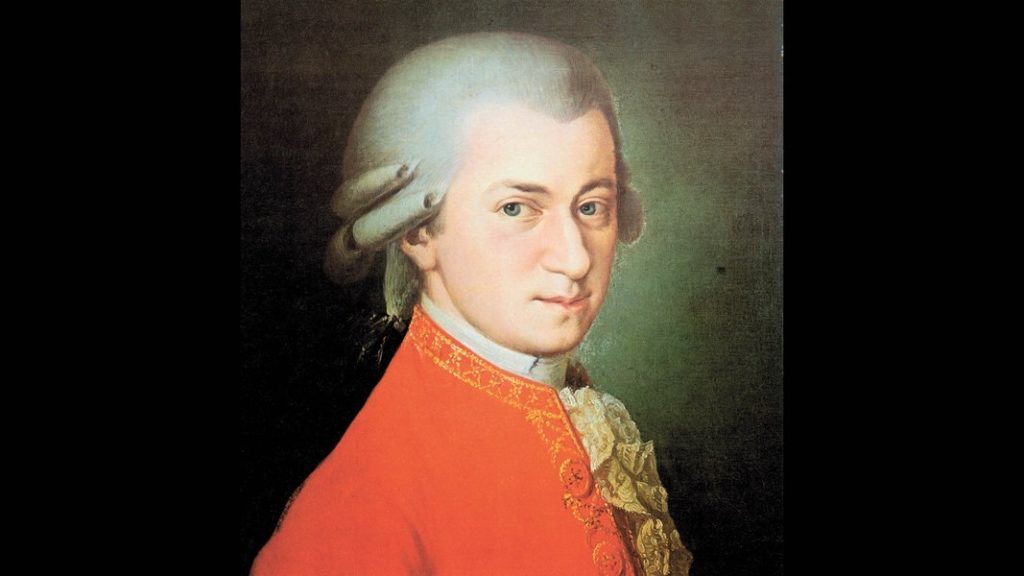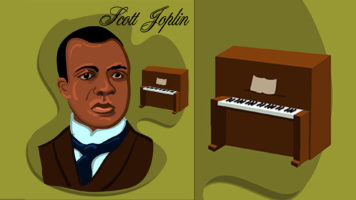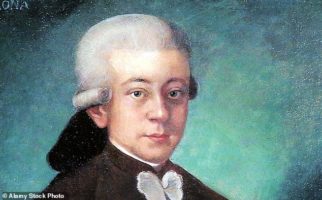
Today, we are going to look at some fun facts about Mozart. And, to make it more interesting, I have put these facts into a timeline of Mozart. Remember that Mozart was a child prodigy. He wrote a lot of his most famous music when he was only a kid!
As such, our timeline will start with 1-year-old Mozart and go up to 14-year-old Mozart. Sure, he did some great things later, but young Mozart is more fun to learn about. ?
Mozart Fun Facts – Childhood Timeline
| 1-year-old Mozart | Mozart was born in Salzburg, Austria. |
| 3-year-old Mozart | Mozart and his sister Nannerl were child prodigies. Nannerl began piano lessons when she was 7-years-old and Mozart (3) watched intently. |
| 4-year-old Mozart | Mozart’s father taught him music on the clavier, a piano-like instrument much like the piano. |
| 5-year-old Mozart | Mozart composed his first piano pieces which his father wrote down. |
| 6-year-old Mozart | Together, Mozart and Nannerl performed around Europe in many royal courts. |
| 7-year-old Mozart | During his travels with his sister, Mozart met many famous musicians including Johann Christian Bach (son of Johann Sebastian Bach). |
| 8-year-old Mozart | Mozart wrote an entire 11-minute full-orchestra symphony, “Symphony No. 1 in E-flat major”. |
| 9-year-old Mozart | Though his performances, stays in royal courts, and meetings with great musicians must have been exciting, the travel conditions were rough. Both he and Nannerl became almost fatally ill. |
| 10-year-old Mozart | By this time, Mozart had already composed close to 100 different music works. |
| 11-year-old Mozart | Mozart wrote his first full opera, “Apollo et Hyacinthus”. An opera is long play in which no one talks, just sings. |
| 14-year-old Mozart | He was accepted into the Accademia Filarmonica di Bologna, a special association for only the best musicians. |
Song of the Day
Next up in our Mozart playlist is a piece called…
“Alla Turca”
This name is Italian and means “Turkish Style”.
As we learned with the piece yesterday, Mozart didn’t often name give names to his music. But, he did actually give this piece the title “Alla Turca”. While that name is still used to today, you also might have heard it called the “Turkish March”, “Turkish Rondo”, or “Rondo All Turca”.
The word “rondo” tells us the song is going to have multiple sections that are repeated at different times you keep hearing again and again, as shown in this video.
Unlike the song we heard yesterday (which had many string instruments), Alla Turca was written just for the piano. And, it is actually just the third section, or “movement”, of Mozart’s Piano Sonata No. 11.
Want to hear more? Listen to an episode of the Classics For Kids podcast that tells more about a Rondo.
Also, listen to full Piano Sonata No. 11!




